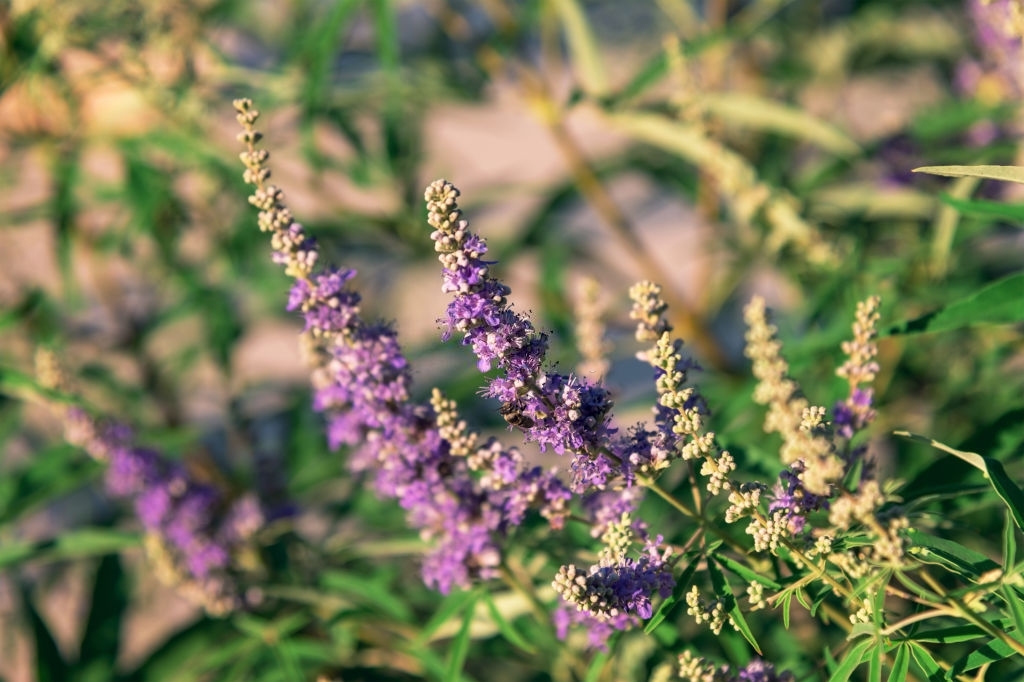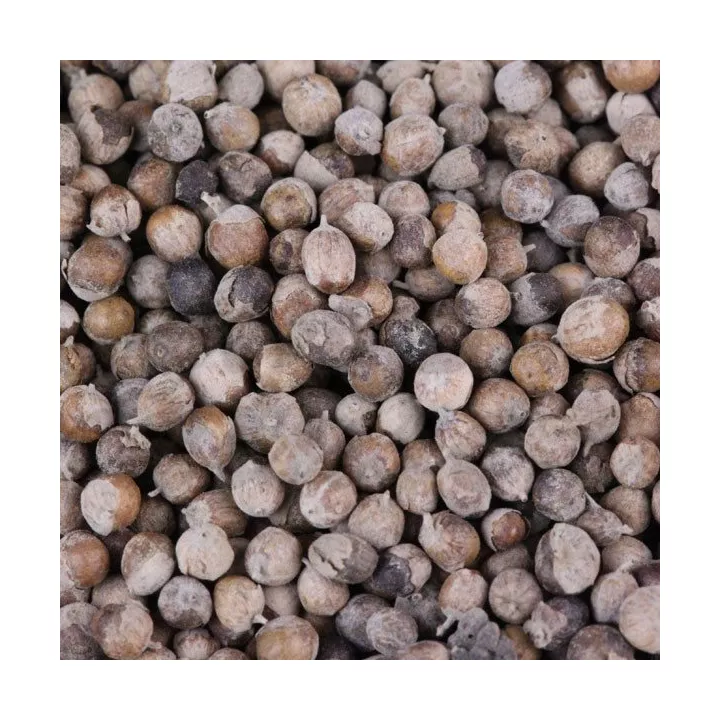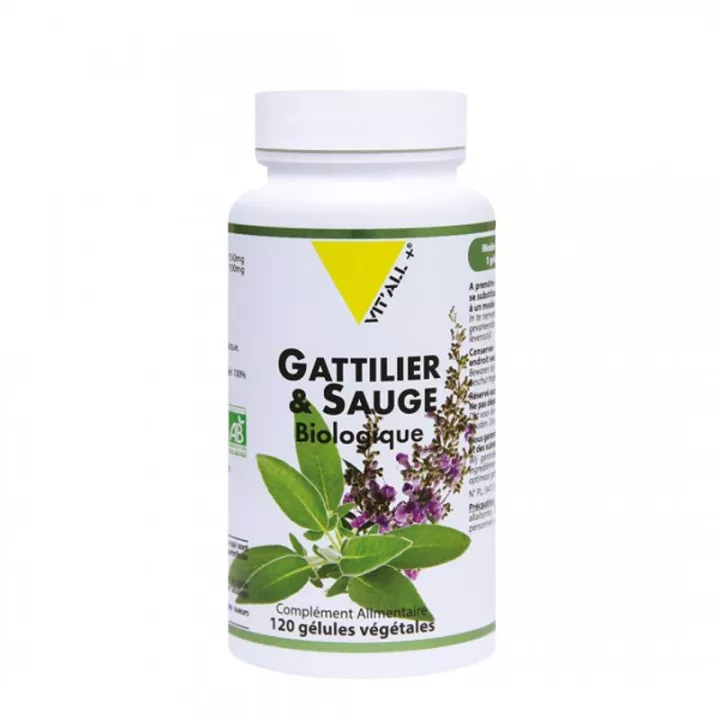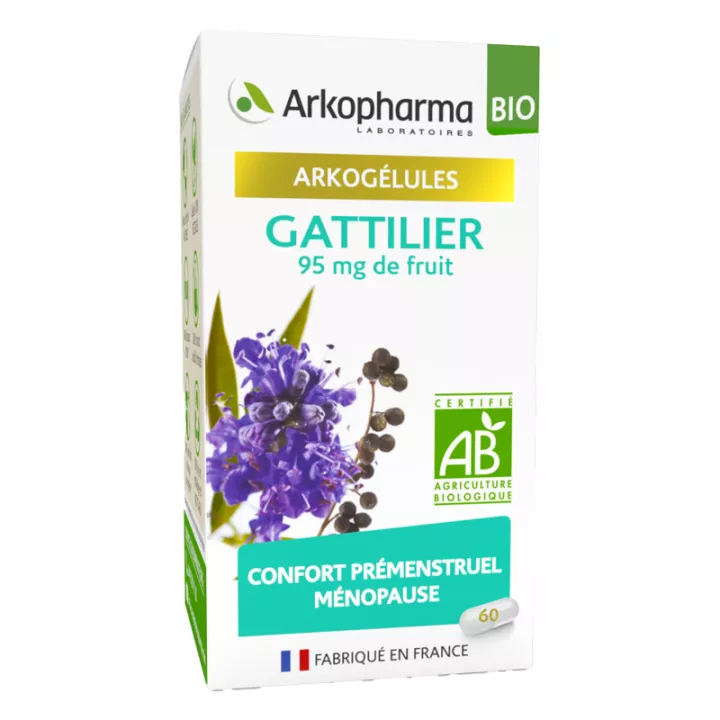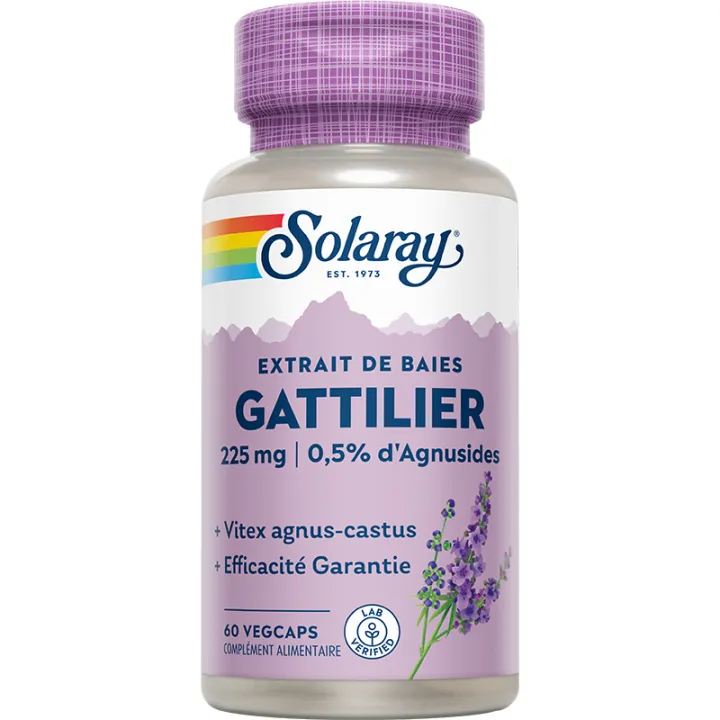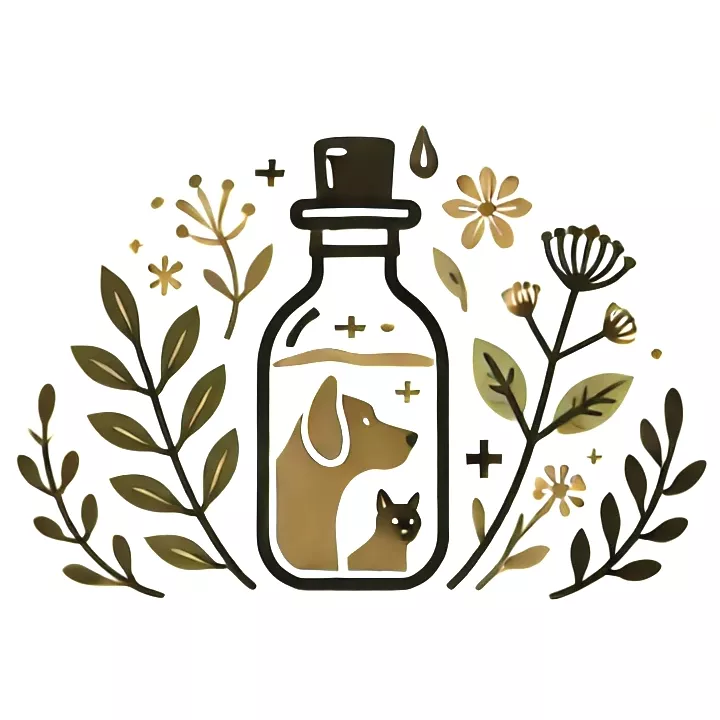What is Gattilier Fruit Iphym Herboristerie used for?
Adolescence and female adulthood are often accompanied by hormonal variations that can cause real discomfort on a daily basis. Chaste tree, an ancient Mediterranean plant, has been used since Antiquity to support hormonal balance. Its dried berries are recognized in phytotherapy for relieving symptoms of premenstrual syndrome, improving cycle regularity and reducing tension linked to hormonal variations.
Thanks to its active components (flavonoids, diterpenes, iridoids...), chasteberry acts on the pituitary gland by modulating prolactin secretion and promoting progesterone production. This effect helps rebalance irregular menstrual cycles and limit unpleasant symptoms such as fatigue, bloating, irritability and headaches. It is also used to treat neuro-vegetative disorders, including digestive disturbances, dizziness, spasms, anxiety and insomnia.
Chasteberry is also recognized for soothing cyclical breast pain, often associated with premenstrual syndrome. By reducing breast sensitivity and tension, it offers greater comfort during the luteal phase. This use has been validated by several European phytotherapy authorities, including Commission E and ESCOP.
Some research is also exploring its value in cases of corpus luteum insufficiency, where progesterone secretion is too low and can be a cause of functional sterility. Although promising, these data still require further study. Chaste tree has also been traditionally used to support sleep quality, moderate appetite and in certain skin conditions such as hormonal acne. While not all these indications have yet been scientifically validated, they illustrate the richness of this medicinal plant.
Chasteberry is a valuable natural resource for promoting regular, less painful cycles, supporting female hormonal balance, soothing premenstrual disorders and improving overall well-being.
To reinforce this action, it can be combined with Iphym Herboristerie's Cut Raspberry Leaf (Rubus idaeus L.), renowned for its support of the gynaecological sphere.
How to use Chaste tree decoctions to regulate the female cycle?
Directions for use
Chaste tree dosage depends on the preparation, but generally corresponds to the equivalent of 28 to 52 mg of dried berries per day.
However, chasteberry berries are best prepared as a decoction of one teaspoon per cup for 5 minutes. Drink 3 cups a day.
Treatment should be continued for several weeks, or even cycles, before the full effects are felt. Use should always be under medical supervision, in order to adapt duration and dose to specific needs.
Give your opinion on the advice for use and dosage of Gattilier Fruit Iphym Herboristerie with our partner Avis Vérifiés after your purchase.
Precautions for use
- Do not use without medical advice if you have a history of breast cancer or a family predisposition.
- Not recommended in case of pituitary disorders.
- Do not use during IVF (in vitro fertilization).
- Not recommended for pregnant or breast-feeding women.
- Never to be used by children under 18.
- Risk of interaction with certain drugs (Parkinson's, female hormones, anti-hormonal treatments).
- In case of side effects (headaches, digestive disorders, skin reactions), consult a health professional.
What is the composition of this phytotherapy supplement?
Ingredients
Chaste tree dried fruit
Indicative nutritional values
| Main constituents of berries |
Indicative content for 28-52 mg dried berries* Flavonoids (including Casticin) |
| Flavonoids (including casticin) |
0.6 - 1.5 mg |
| Diterpenes (including Rotundifurane) |
0.2 - 0.5 mg |
| Iridoids (including Agnuside) |
0.3 - 0.8 mg |
| Alkaloids and steroids |
Variable presence |
| Essential oils |
Traces |
*These values are given for information only, based on official monographs (EMA, ESCOP, Commission E) and scientific literature. They may vary according to botanical origin, harvest quality and drying processes.
Presentation
Latin name: Vitex agnus-castus L.
Common names: Monk pepper, Lamb chaste, Pepper tree, Lamb vine
Family: Verbenaceae
Part(s) used: Fruit
About the name: Vitex is the ancient Latin name of a shrub of the same genus; agnus comes from the Greek agnos, the name of the plant, meaning "not for procreation", the plant being anaphrodisiac; cactus, "chaste", "to be dazzling white".
It's available at the best online price, in 100 g, 250 g or 1 kg formats to suit your needs.
Expert advice
In naturopathy, chasteberry is considered a regulatory plant, a veritable "conductor" of female hormones. Its gentle yet profound action rebalances the hormonal terrain and reduces the discomfort associated with cyclical fluctuations. To optimize its effects, it is advisable to accompany its use with an adapted lifestyle: a diet rich in omega-3 and magnesium, stress management through breathing or meditation, and regular physical activity to stimulate circulation and endocrine balance.
A holistic approach is essential: combining phytotherapy, lifestyle and medical follow-up will deliver long-lasting results that respect the body.
